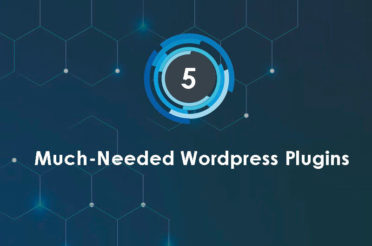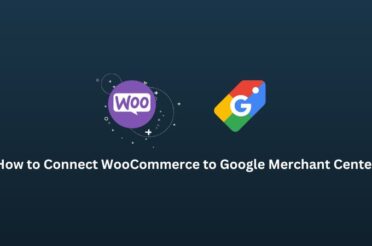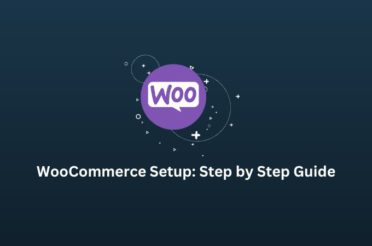Have you ever landed on a blog post that felt robotic and filled with keywords but needed more substance? Focusing on search engine optimization (SEO) can sometimes lead bloggers astray, but getting your content seen shouldn’t come at the expense of your audience’s reading experience.
Imagine spending hours writing a blog post, only to see readers click away within seconds. The culprit? Overstuffing keywords to prioritize algorithms over people.
Here’s how to strike the right balance and write blogs that are both SEO-friendly and genuinely engaging for your readers:
Understand Your Audience:
Before putting pen to paper (or fingers to keyboard), take the time to understand your target audience. What are their interests, pain points, and preferences? What type of content resonates with them? Conduct audience research through surveys, social media analytics, or reader feedback to gain insights into their demographics and preferences. This understanding forms the foundation for content writing.
Focus on Quality Content:
Instead of obsessing over keyword density and placement, prioritize creating posts that address your audience’s needs and interests. Write with clarity, authenticity, and depth, aiming to provide insights or solutions that genuinely enrich your readers’ lives. Quality content naturally attracts engagement and shares, contributing to your blog’s long-term success.
For example, take the blog “The Minimalist Baker.” It focuses on providing delicious and easy-to-follow recipes while incorporating personal stories and visuals. This attracts a loyal audience and positions it as a trusted resource for home bakers.
Write for Humans, Not Bots:
While incorporating relevant keywords is essential for SEO, avoid keyword stuffing and awkward phrasing that sacrifices readability. Write in a natural, conversational tone that engages readers. Remember that your audience is real people seeking authentic communication, not just search engine crawlers scanning for specific terms.
Tell Compelling Stories:
People are wired to connect with stories. Incorporate storytelling techniques into your blogs to captivate your readers’ attention. Whether sharing personal anecdotes, case studies, or success stories, clear narratives create a powerful connection with your readers, fostering loyalty and organic growth.
Prioritize User Experience:
Consider the overall user experience of your blog, from readability to navigation and loading speed. Optimize your website’s design and layout so it’s compatible across devices. Use visuals like images, infographics, and videos to enhance engagement and convey information.
Foster Authentic Engagement:
Invite comments, questions, and feedback from your audience to encourage conversations. Respond promptly and thoughtfully to comments, demonstrating genuine interest in your readers’ opinions. This will build a sense of community and ease people into becoming repeat visitors to your blog.
Measure Engagement Metrics:
While SEO metrics like keyword rankings and organic traffic are essential, engagement metrics such as time spent on a page, bounce rate, and social shares are just as important. These metrics provide valuable insights into how well your content reads with your audience and can inform future content strategy.
Conclusion
SEO is crucial to successful blogging, but it should not overshadow writing for your readers. By understanding who you’re writing for, writing with authenticity and telling compelling stories, prioritizing user experience, and measuring relevant metrics, you can create blogs that resonate with your audience while maintaining visibility in search engine results. Remember, it’s not just about appealing to algorithms—it’s about connecting with real people and building a loyal readership.









